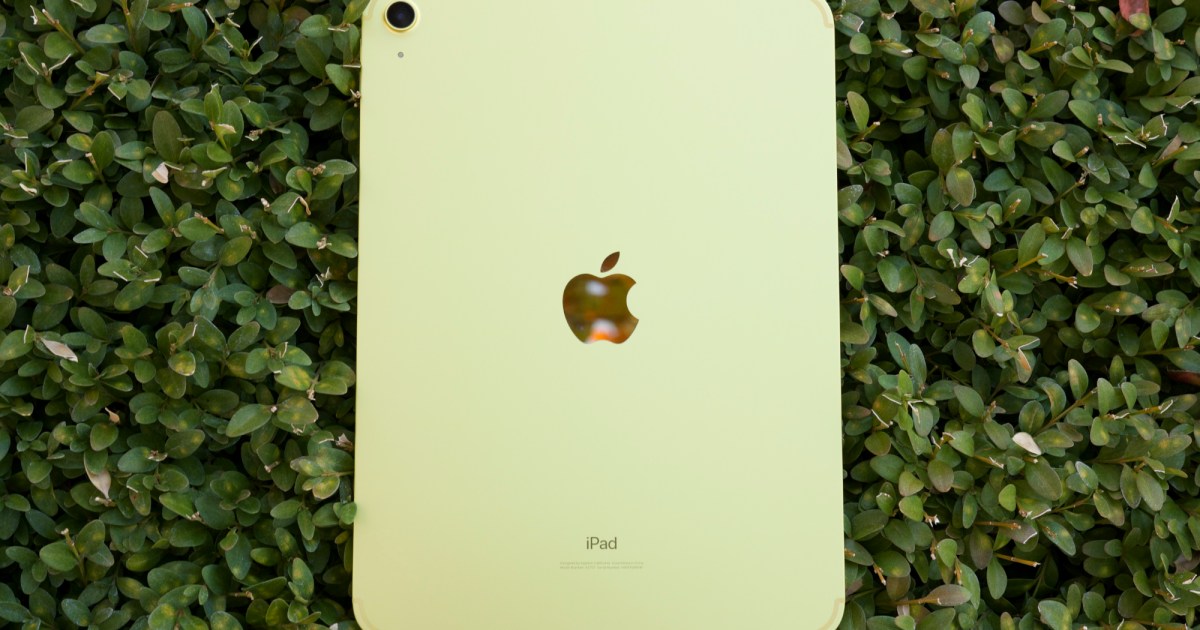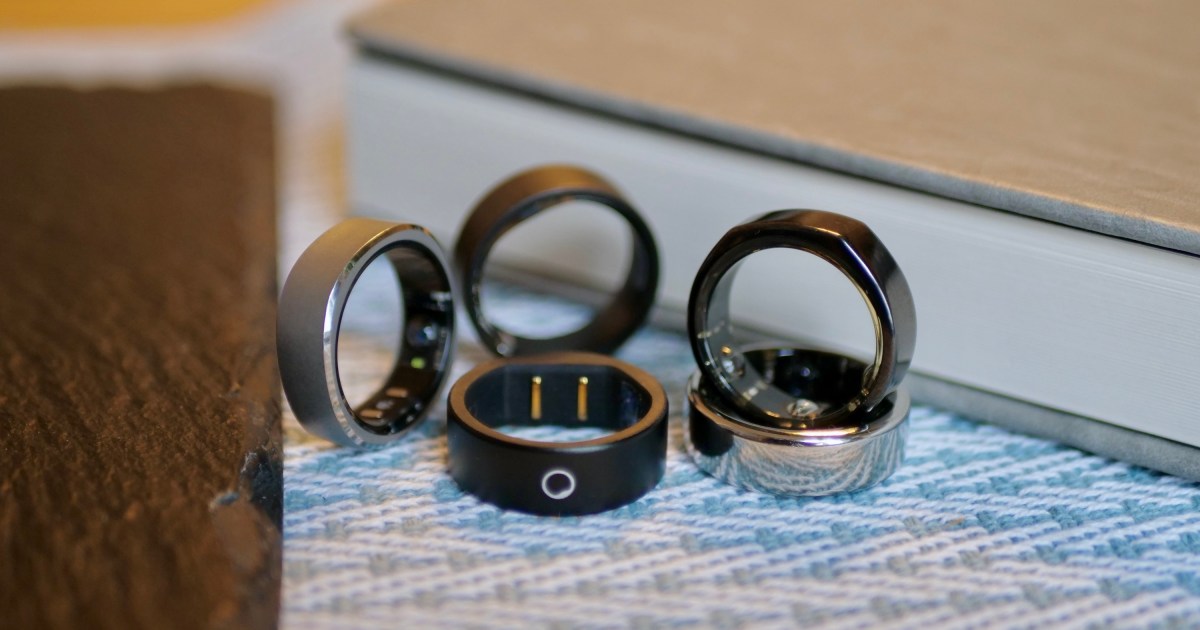

Gesture management methods work finest when they’re easy, fast, and straightforward to be taught. In addition they should really feel pure and intuitive, ideally so that you bear in mind them, and most of all, they should be dependable. Apple’s Double Faucet on the Apple Watch Collection 9 and Apple Watch Extremely 2 is an efficient instance of a gesture management working effectively.
I feel it’s a cool, enjoyable characteristic, and I’m not alone. Nonetheless, it’s not the primary of its variety, and historical past reveals us that, sadly, gestures on cellular gadgets usually tend to be deserted and forgotten than they’re beloved and extensively adopted.
Movement Sense on the Pixel 4
With out going method again to have a look at telephones just like the 2009 Sony Ericsson Yari, which used the front-facing digital camera to test physique actions and management pre-loaded video games, many tech followers could immediately consider the 2019 Google Pixel 4 and Pixel 4 XL when gesture controls are talked about.
Do not Miss These Pixel Offers:
These two gadgets have been the primary to characteristic Google’s Challenge Soli chip, which used radar to acknowledge even the tiniest of actions round it. The ensuing characteristic, known as Movement Sense, allowed you to swipe over and across the telephone to play or pause music, silence alarms, or mute an incoming name. It additionally unlocked the telephone once you picked it up.
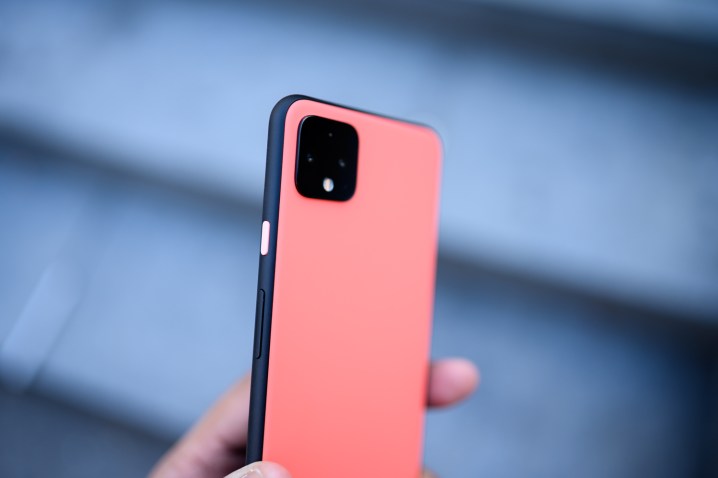
It was technically thrilling, however in apply, it didn’t work reliably sufficient, and regularity points meant it couldn’t be used globally, hurting gross sales potential. The Pixel 4 ended up being the one smartphone outing for Challenge Soli’s gesture controls, however the chip has lived on with out Movement Sense within the Google Nest Hub, the place it helps measure respiration when you sleep.
eyeSight Applied sciences
Movement Sense on the Pixel 4 might be one of many better-known failed gesture management methods on a telephone, however different corporations had been engaged on gesture management methods for a very long time earlier than it. In 2011, Korean electronics model Pantech launched the Vega LTE, which had mainly the identical gestures because the Pixel 4 however used a software-based system that relied on the entrance digital camera to “see.” It was developed by an organization known as eyeSight Applied sciences.
For a number of years after the Pantech Vega, eyeSight Applied sciences pushed very onerous to make gesture controls on cellular gadgets a factor. It was relying on its platform-agnostic Pure Person Interface (NUI) software program for fulfillment, because it might be constructed straight into a tool’s working system and even apps to make the most of the digital camera and add gesture management methods.
The corporate labored with Indian smartphone model Micromax on the A85 Superfone, which used comparable gestures to the Pantech Vega, made the NUI accessible on Android and iOS, and its expertise was proven off at expertise commerce reveals on a number of events. It boasted partnerships with corporations starting from Nokia to AMD and tried to capitalize on the early VR craze in 2016, too. Regardless of all these efforts, it by no means reached the mainstream, and the corporate finally modified its title to Cipia and pivoted to in-car tech.
Air Gestures on the Samsung Galaxy S4
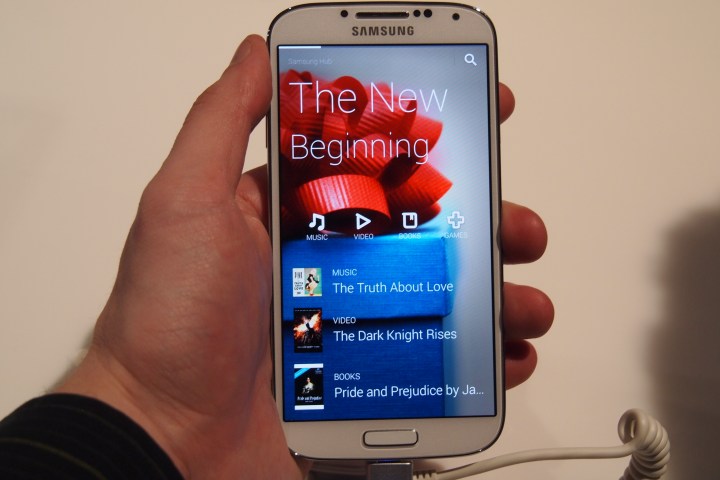
Across the identical time as eyeSight Applied sciences was selling its software-based gesture system, Samsung launched a small set of gesture controls known as Air Gestures on the brand-new Galaxy S4 smartphone. The telephone makes use of an infrared sensor to identify primary hand actions over the display screen, permitting you to activate it to test the time with out touching it, settle for calls, work together with apps, and even scroll via net pages with only a swipe.
It labored fairly effectively, however the sensor’s quick vary meant you have been nearly touching the display screen anyway, making it seem extra gimmicky than the cool tech maybe deserved. The characteristic continued on in Samsung’s repertoire however was slowly phased out and changed by Air Actions, which makes use of gestures made with the S Pen stylus to carry out comparable actions with out the necessity for an infrared sensor.
To this point, we’ve seen radar, software program, and infrared sensors used to know hand motions and management options on our telephones, exhibiting how corporations have been eager to experiment and that there wasn’t one acknowledged “finest” method of including gesture recognition to a smartphone. However we’re not accomplished but.
Elliptic Labs
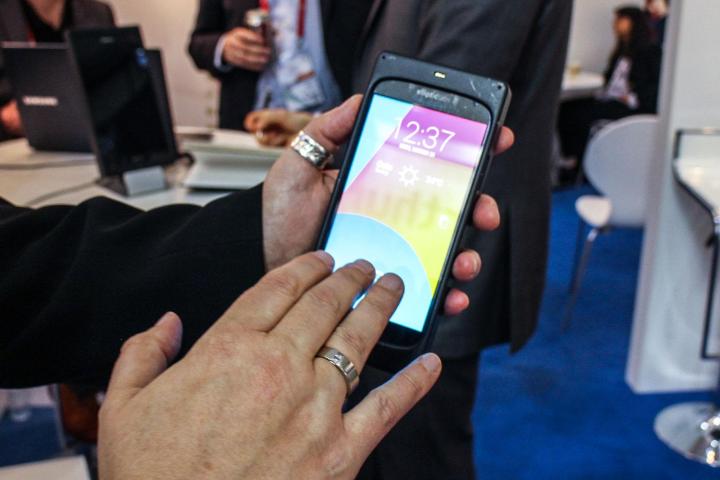
Quick ahead to 2017, and apparently, the Galaxy S4 was additionally known as into motion in an illustration of gesture recognition expertise from Elliptic Labs, which — like eyeSight Applied sciences, spent a substantial amount of effort and time attempting to get us waving at our smartphones and different gadgets.
Elliptic Labs’s expertise used ultrasound to detect motion, which allowed a larger subject of motion and for various gestures for use with none reliance on gentle, much less energy consumption, and extra accuracy. It deliberate on licensing the ultrasound gesture expertise to machine makers, nevertheless it by no means appeared to get far past the demo and idea stage, regardless of adapting the identical system to make the most of the Web of Issues (IoT) increase and integrating it into audio system and lights.
As a substitute, Xiaomi used its ultrasonic proximity sensor to do away with a conventional proximity sensor and reduce the bezel on the unique Mi Combine. As we speak, Elliptic Labs nonetheless works on proximity sensors and has now eradicated the {hardware} from the system completely to supply software-driven proximity detection, which may be discovered on the Motorola Razr Plus and Razr (2023) compact folding telephones.
Air Movement on the LG G8 ThinQ

Each Elliptic Labs and eyeSight Applied sciences, together with different corporations like Neonode, experimented with gesture controls between 2010 and 2017 — however with out making a lot of an impression exterior of tech commerce reveals like CES and MWC. When the Pixel 4 reignited curiosity in gesture controls in 2019, it was joined by one other big-name machine: the LG G8 ThinQ.
LG, which has now stopped making smartphones completely, beloved to attempt new issues with its telephones, whether or not it was modular {hardware} with the LG G5 or secondary screens on telephones just like the LG V10 and the V50 ThinQ. Air Movement used front-facing cameras and a time-of-flight (ToF) sensor to detect numerous hand motions, together with mimicking the twisting of a quantity knob to regulate the amount of the music participant.
Like all shut proximity gesture management methods, its usefulness was questionable because the touchscreen was proper there, mere inches out of your twiddling fingers. It additionally wasn’t notably dependable, which stopped individuals from utilizing it. The LG G8 ThinQ marked the top of the road for LG’s G Collection, and together with Challenge Soli, Air Movement was maybe the final gesture management system to be closely promoted by a telephone maker.
What about smartwatches?
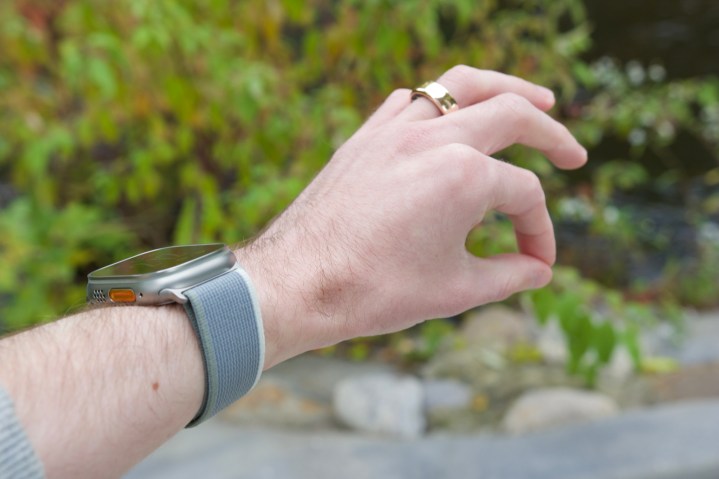
Till lately, gesture controls have largely been demonstrated or featured on smartphones. However what about smartwatches? Double Faucet on the Apple Watch Collection 9 and Apple Watch Extremely 2 owes its existence to an accessibility characteristic known as AssistiveTouch, which has been a part of watchOS for a number of years. Samsung offers a really comparable accessibility characteristic on the Galaxy Watch 6, too.
Area is tight inside a smartwatch, and there’s little or no spare room for cameras, proximity sensors, or different advanced bits of {hardware}. Double Faucet makes use of the guts price sensor, the accelerometer, and software program to acknowledge if you find yourself tapping your fingers, including one other system of recognition to the record.
Outdoors of the Apple Watch and Double Faucet, Google demonstrated Challenge Soli inside a smartwatch, nevertheless it by no means made it to the eventual Google Pixel Watch. The bizarrely named Mad Gaze Watch apparently used bone conduction to allow a spread of various gesture controls, from finger snaps to arm faucets. In 2015, an organization known as Deus Ex crowdfunded an add-on module for the Pebble Watch known as the Aria, and whereas it’s not a smartwatch, Google used head nods so as to add hands-free use to Google Glass.
Easy gestures are finest
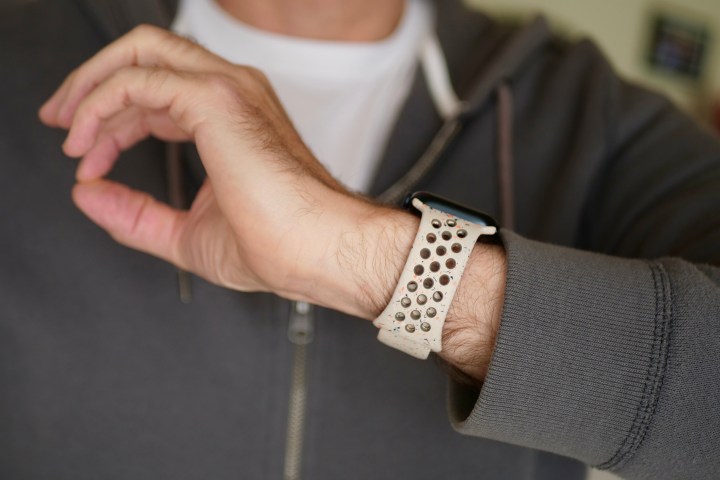
All these examples present there are extra failed makes an attempt at making gesture management methods on our telephones and smartwatches in style than there are successes. Nonetheless, there are a number of easy gestures which have confirmed to be efficient and dependable — to the purpose the place we don’t even take into account them particular. An important instance is raise-to-wake, the place lifting or tilting a tool’s display screen in the direction of your face activates the show, and it’s the proper instance of a pure motion activating a characteristic. It might be argued that something past this is just too sophisticated.
Even wrist flicks and twists, which have been used on the Moto 360 to help scrolling, appear to be a gesture too far and barely seen for the reason that Fossil Hybrid HR. Outdoors of those few remoted examples and the important accessibility options, gestures haven’t remodeled the common, on a regular basis use of a wearable or smartphone for most individuals.
Double Faucet has the potential to affix raise-to-wake as one of many few extensively usable gestures on a smartwatch, although, because it’s easy, pure, and works very well. Sadly, historical past reveals gesture management methods and cellular gadgets merely haven’t captured our curiosity but, and I hope Double Faucet doesn’t find yourself on a future record of shortly deserted but promising gesture management methods. It’s too fascinating to undergo that destiny.
Editors’ Suggestions
Supply Hyperlink : Lowongan Kerja 2023

